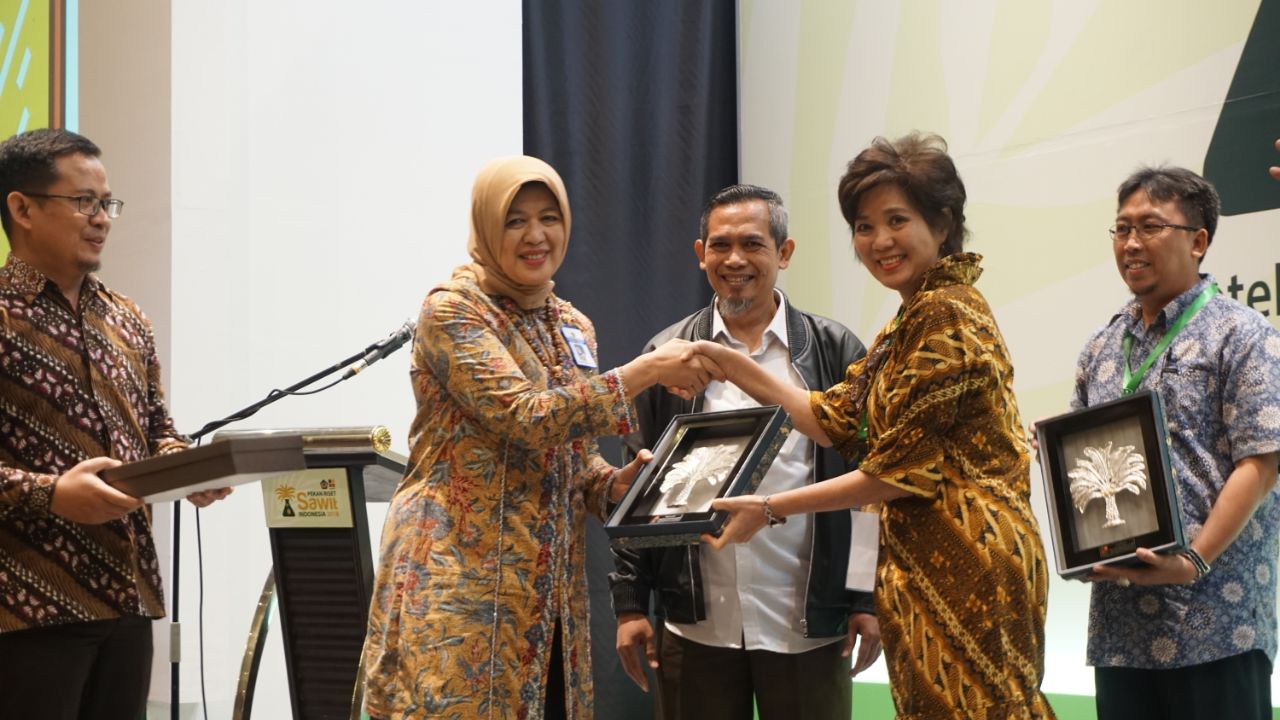[:id]
*Dr. Ir. Lienda Aliwarga Handojo, M.Eng., menerima penghargaan poster terbaik dalam Pekan Riset Sawit Indonesia 2018 di Bandung (Dok. Pribadi)
Sumber Berita : www.itb.ac.id
BANDUNG, itb.ac.id – Indonesia dikenal sebagai salah satu produsen terbesar crude palm oil (minyak sawit mentah) di dunia. Data dari Badan Pusat Statistik (BPS) pada tahun 2017 menyebutkan Indonesia memiliki lahan sawit seluas 12,3 juta hektar dengan hasil minyak sawit mentah sekitar 34,4 juta ton.
Pemanfaatan minyak kelapa sawit dalam bidang pangan telah mengakar dalam kehidupan manusia sehari-hari, seperti untuk kebutuhan minyak goreng, bahan makanan, margarin, dan lain-lain. Dalam prosesnya, minyak sawit mentah harus disuling terlebih dahulu sebelum dimanfaatkan lebih lanjut. Proses penyulingan akan menghasilkan refined palm oil sebagai hasil utama dan Palm Fatty Acid Distillate atau PFAD sebagai hasil samping yang belum banyak dimanfaatkan. Hal inilah yang mendorong Dr. Ir. Lienda Aliwarga Handojo, M. Eng., untuk meneliti lebih dalam mengenai pemanfaatan PFAD sehingga dapat memiliki nilai tambah.
Dr. Lienda merupakan dosen pada Program Studi Teknik Kimia, Institut Teknologi Bandung yang telah menjalani pekerjaannya sejak tahun 1979. Di tengah kesibukannya mengajar, ia melakukan riset mengenai pemanfaatan lemak kalsium sebagai suplemen pakan ternak.
“Saya beserta tim, Dr. Antonius Indarto dan Dr. Dian Shofinita tengah meneliti mengenai pengembangan teknologi produksi suplemen pakan ternak dengan menggunakan bahan baku hasil samping penyulingan minyak kelapa sawit. Hal tersebut diharapkan dapat meningkatkan nilai tambah serta produk yang dihasilkan bermanfaat bagi para peternak,untuk meningkatkan produksi susu sapi mereka” papar Dr. Lienda.
Penelitiannya sudah dimulai sejak tahun 2016 ketika Badan Pengelola Dana Perkebunan Kelapa Sawit (BPDPKS) mengadakan seleksi pendanaan untuk penelitian dan pengembangan sawit. “Pada saat itu kami mengajukan proposal dan penelitian ini termasuk yang terpilih untuk didanai,” tuturnya.
Pembuatan lemak kalsium dari PFAD ini melibatkan perubahan fasa yang kompleks. Mulai dari fasa padat, berubah menjadi cair yang berbentuk suspensi pekat karena adanya pemanasan dan penambahan padatan kalsium, selanjutnya mengembang dengan cepat hingga volume mencapai enam kali semula, lalu tiba-tiba memadat kembali. Lienda mengatakan bahwa diperlukan teknik reaksi dan desain reaktor yang khusus agar reaksi yang eksoterm ini dapat menghasilkan produk dengan komposisi yang diinginkan. “Penambahan kalsium tersebut bertujuan agar lemak yang diberikan sebagai suplemen tidak mengganggu pencernaan hewan ternak,” jelas Ketua Kelompok Keahlian Teknologi Pengolahan Biomassa dan Pangan -Teknik Kimia ITB ini.
Lemak kalsium hasil penelitian Lienda dan tim ini juga telah diuji secara in-vitro dan in-vivo yang langsung ke hewan ternak. Pengujian in-vivo dilakukan di peternakan sapi Lembang, yang merupakan sentra susu di Jawa barat. Hasil yang baik ditunjukkan pada kedua pengujian tersebut. “Uji in-vitro yang meliputi segi kecernaan bahan pangan, bahan organik, kandungan ammonia, dan volatile fatty acid memperlihatkan produk kami lebih unggul daripada suplemen komersial,” ungkapnya.

*Kunjungan BPDP kelapa sawit ke Teknik Kimia ITB untuk meninjau hasil penelitian yang didanai BPDPKS (Dok. Pribadi)
“Begitu pula uji in-vivo menunjukkan produksi susu sapi yang diberi lemak kalsium hasil penelitian lebih tinggi 16% dibandingkan sapi yang tidak diberi suplemen dan lebih tinggi 4% jika dibandingkan dengan suplemen komersial. Sapi yang diberi lemak kalsium secara fisik lebih sehat dan lebih fertile karena setelah melahirkan biasanya sapi perah cenderung mengalami penurunan kesehatan dan pengeroposan tulang akibat ekskresi susu yang terus menerus tanpa diimbangi dengan asupan yang sesuai ” jelasnya.
Kerja keras Lienda dan tim membuahkan hasil yang manis karena telah memperoleh tiga paten sekaligus. “Tiga paten yaitu paten proses, alat, dan komposisi telah dibuat terkait dengan produksi suplemen lemak kalsium ini. Saat ini kami tengah mengurus segala kelengkapan untuk bekerjasama dengan calon investor dalam memproduksi lemak kalsium sehingga produk tersebut dapat dimanfaatkan untuk meningkatkan produktivitas susu sapi perah di Indonesia. Hal ini sejalan dengan yang dicanangkan oleh Kemenperin, yaitu ingin meningkatkan produksi susu lokal yang pada tahun 2017 hanya dapat memenuhi 23% kebutuhan domestik menjadi 60% pada tahun 2025 ” tutur Lienda.
Atas penelitian ini juga Lienda menjadi salah satu dari 12 dosen Penerima Penghargaan Bidang Karya dan Inovasi pada peringatan Dies Natalis ke-60 ITB. Tak berpuas diri, Lienda merencanakan untuk terus mengembangkan hasil penelitiannya. “Kedepannya kami akan meneliti juga suplemen unggas yang akan berguna untuk para peternak unggas di Indonesia,” pungkasnya.
Reporter: Billy Akbar Prabowo (Teknik Metalurgi 2016)[:en]
* Dr. Ir. Lienda Aliwarga Handojo, M.Eng., Received the best poster award in the 2018 Indonesian Palm Oil Research Week in Bandung (Personal Doc.)
News Source : www.itb.ac.id
BANDUNG, itb.ac.id – Indonesia is known as one of the largest producers of crude palm oil in the world. Data from the Central Statistics Agency (BPS) in 2017 states that Indonesia has 12.3 million hectares of oil palm land with 34.4 million tons of crude palm oil.
The use of palm oil in the food sector has taken root in everyday human life, such as the need for cooking oil, food ingredients, margarine, and others. In the process, crude palm oil must be distilled first before further use. The refining process will produce processed palm oil as the main product and Palm Fatty Acid Distillate or PFAD as a by-product that has not been widely used. This is what drives Dr. Ir. Lienda Aliwarga Handojo, M.Eng., For further research on the use of PFAD so that it can have added value.
Dr. Lienda is a lecturer in the Chemical Engineering Study Program, Bandung Institute of Technology who has been carrying out his work since 1979. In the midst of his busy teaching, he conducted research on the use of calcium fat as a animal feed supplement.
“Me and his team, Dr. Antonius Indarto and Dr. Dian Shofinita are currently researching the development of technology for the production of animal feed supplements using raw materials from the side of palm oil refining. This is expected to increase added value and produce products that benefit farmers, to increase production their cow’s milk, “Dr. Lienda.
She’s research has begun since 2016 when the Palm Oil Plantation Fund Management Agency (BPDPKS) held a funding selection for oil palm research and development. “At that time we submitted a proposal and this research was among those chosen to be funded,” She said.
Making calcium fat from PFAD involves complex phase changes. Starting from the solid phase, it turns into a concentrated liquid which is concentrated due to heating and addition of calcium solids, then expands rapidly until the volume reaches six times, then suddenly freezes again. Lienda said that special reaction techniques and reactor designs are needed so that this exothermic reaction can produce products with the desired composition. “The addition of calcium is intended so that the fat given as a supplement does not interfere with the digestion of livestock,” explained the Chairperson of the ITB Biomass and Food Chemistry Expertise Group.
Calcium fat from the study by Dr. Lienda and this team has also been tested in vitro and in vivo directly into livestock. In-vivo testing was carried out at the Lembang cattle farm, which is a milk center in West Java. Good results are shown in both tests. “In-vitro tests which include food digestibility, organic matter, ammonia content, and volatile fatty acids show our products are superior to commercial supplements,” She said.

* Visit of oil palm BPDP to Chemical Engineering ITB to review the results of research funded by BPDPKS (Personal Doc.)
“Likewise, the in-vivo test showed that the milk production of calcium-fed cow was 16% higher than that of non-supplemented cows and 4% higher compared to commercial supplements. Cows that are given calcium fat are physically healthier and more fertile because after giving birth usually dairy cows tend to experience a decrease in health and bone loss due to continuous excretion of milk without being balanced with appropriate intake, “She explained.
Dr. Lienda and the team’s hard work paid off sweetly because they had obtained three patents at once. “Three patents, namely patent processes, tools, and compositions have been made related to the production of calcium fat supplements. We are currently working on all the facilities to work with potential investors in producing calcium fat so that the product can be used to increase milk cow milk productivity in Indonesia. This is in line with what was stated by the Ministry of Industry, which is to increase local milk production, which in 2017 can only fulfill 23% of domestic demand to 60% by 2025, ” She said.
For this research, Dr. Lienda also became one of the 12 lecturers who received the Award for the Field of Work and Innovation at the commemoration of the 60th Anniversary of ITB. Not complacent, She plans to continue to develop the results of his research. “In the future we will also research poultry supplements that will be useful for poultry farmers in Indonesia,” She concluded.
Reporter: Billy Akbar Prabowo (Metallurgical Engineering 2016)[:]
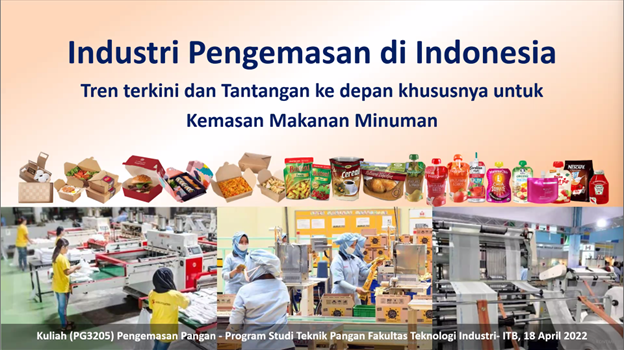
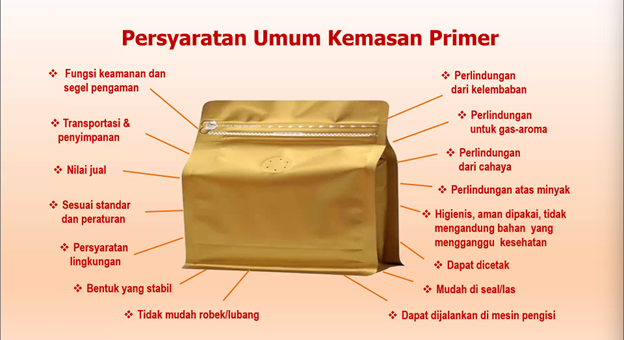


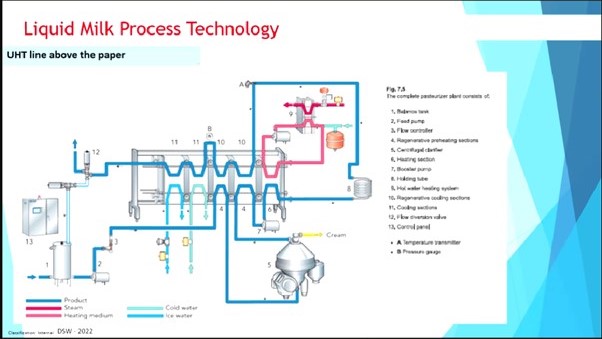

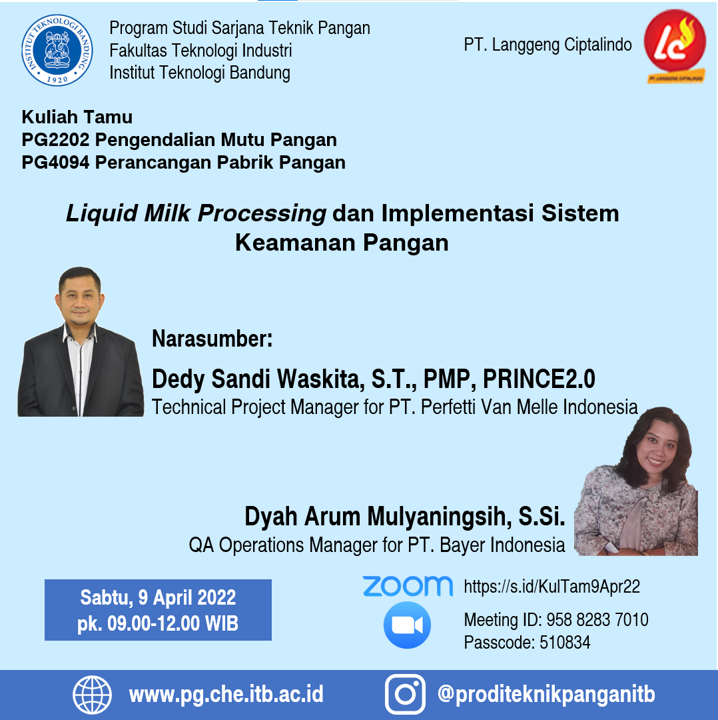
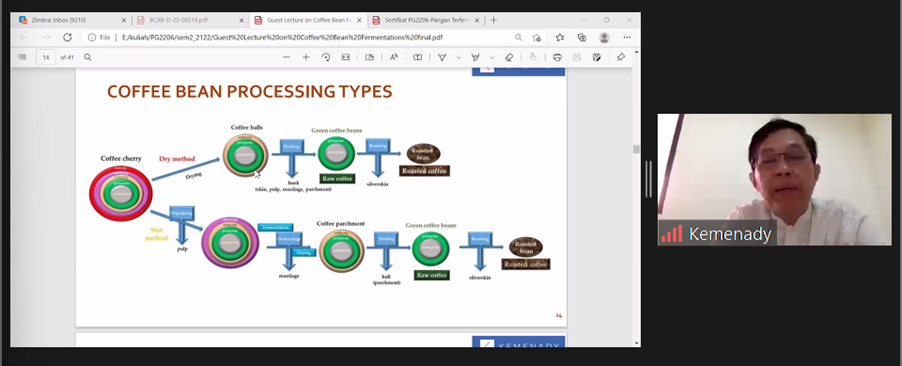

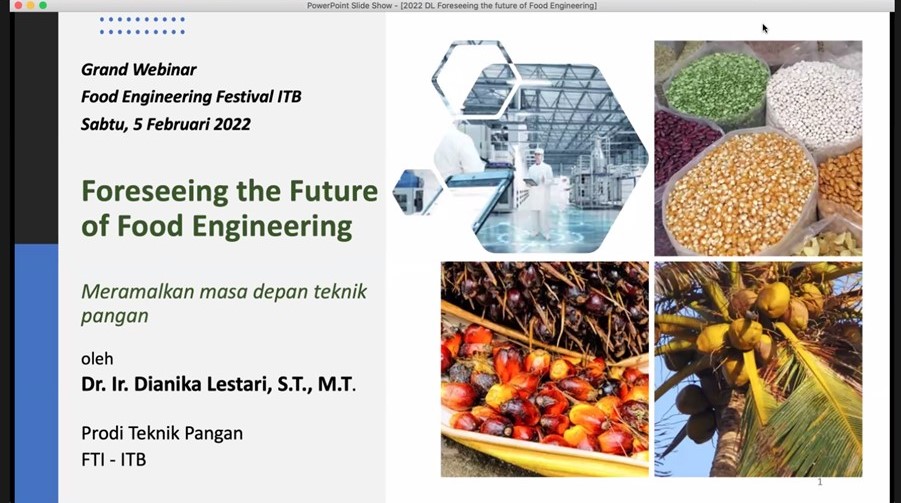

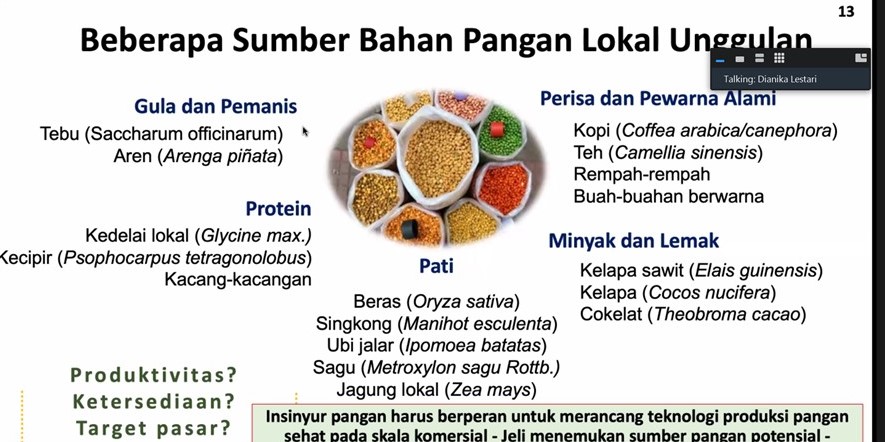
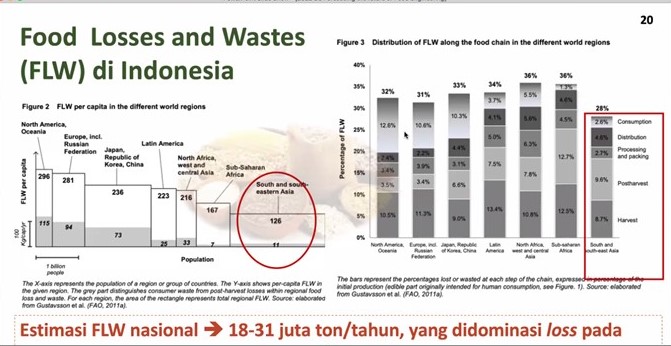
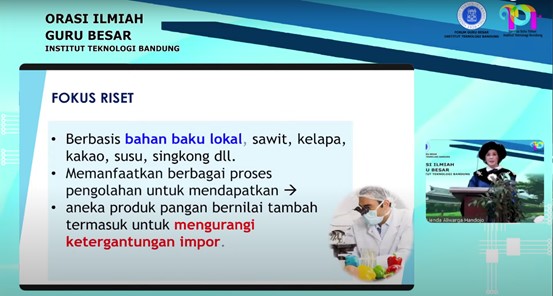

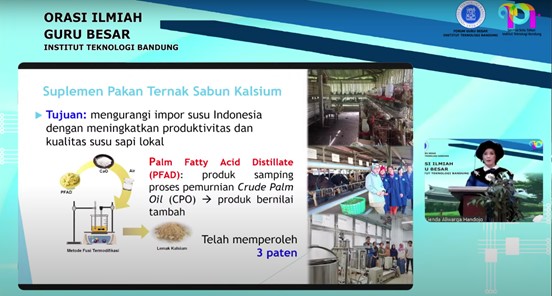
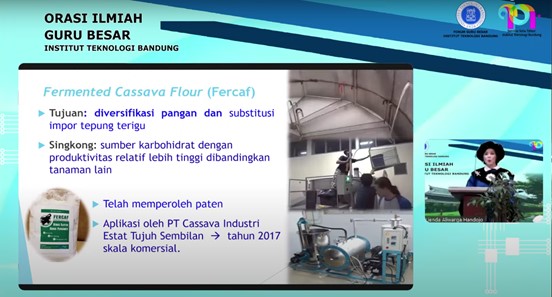
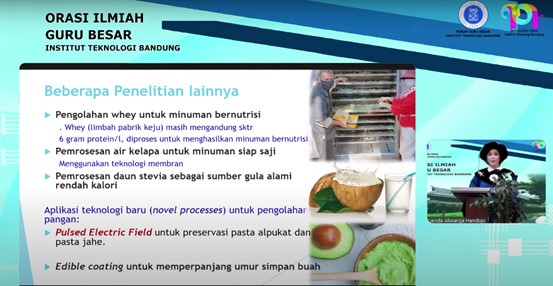


 [:en]
[:en]



